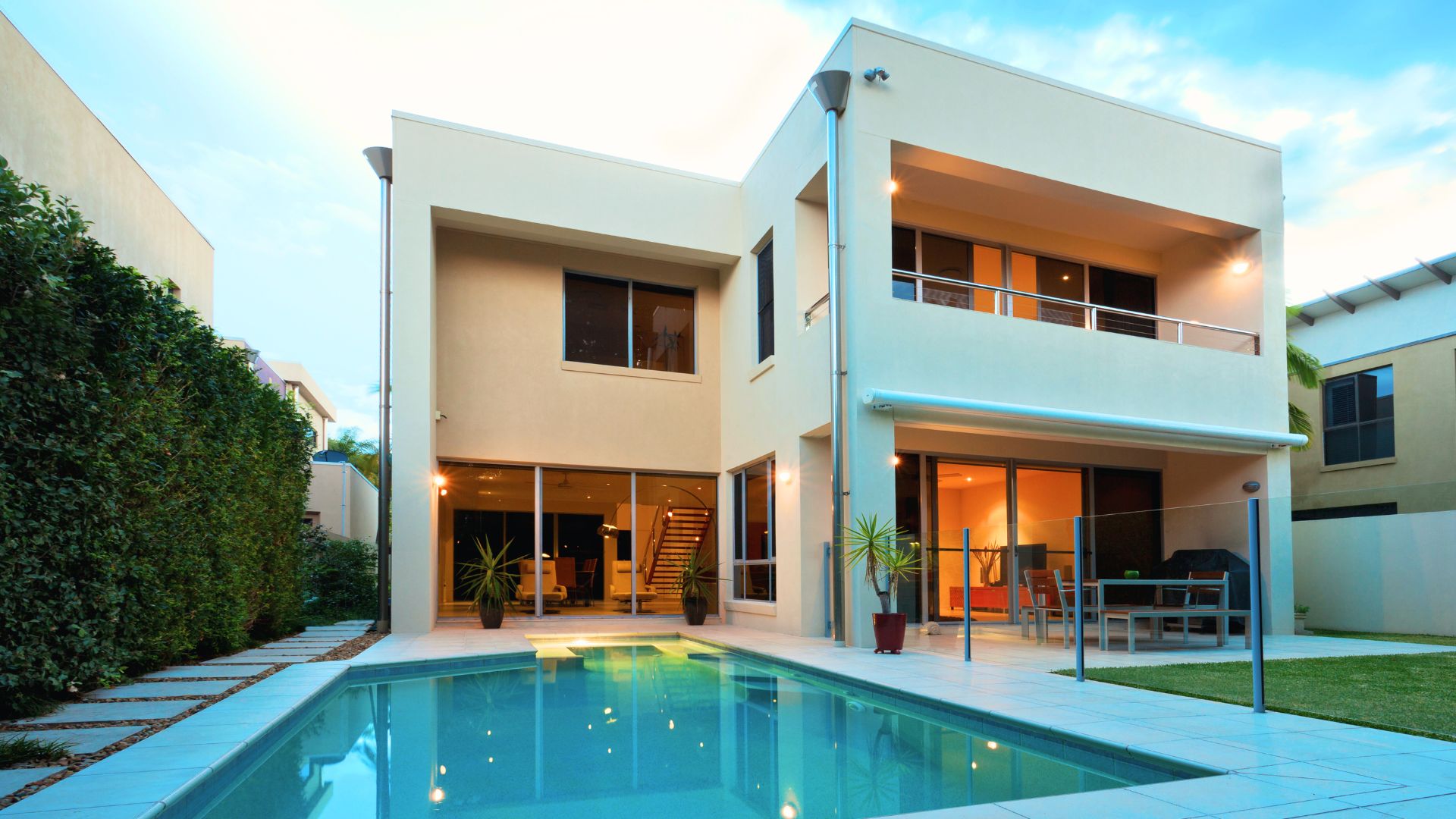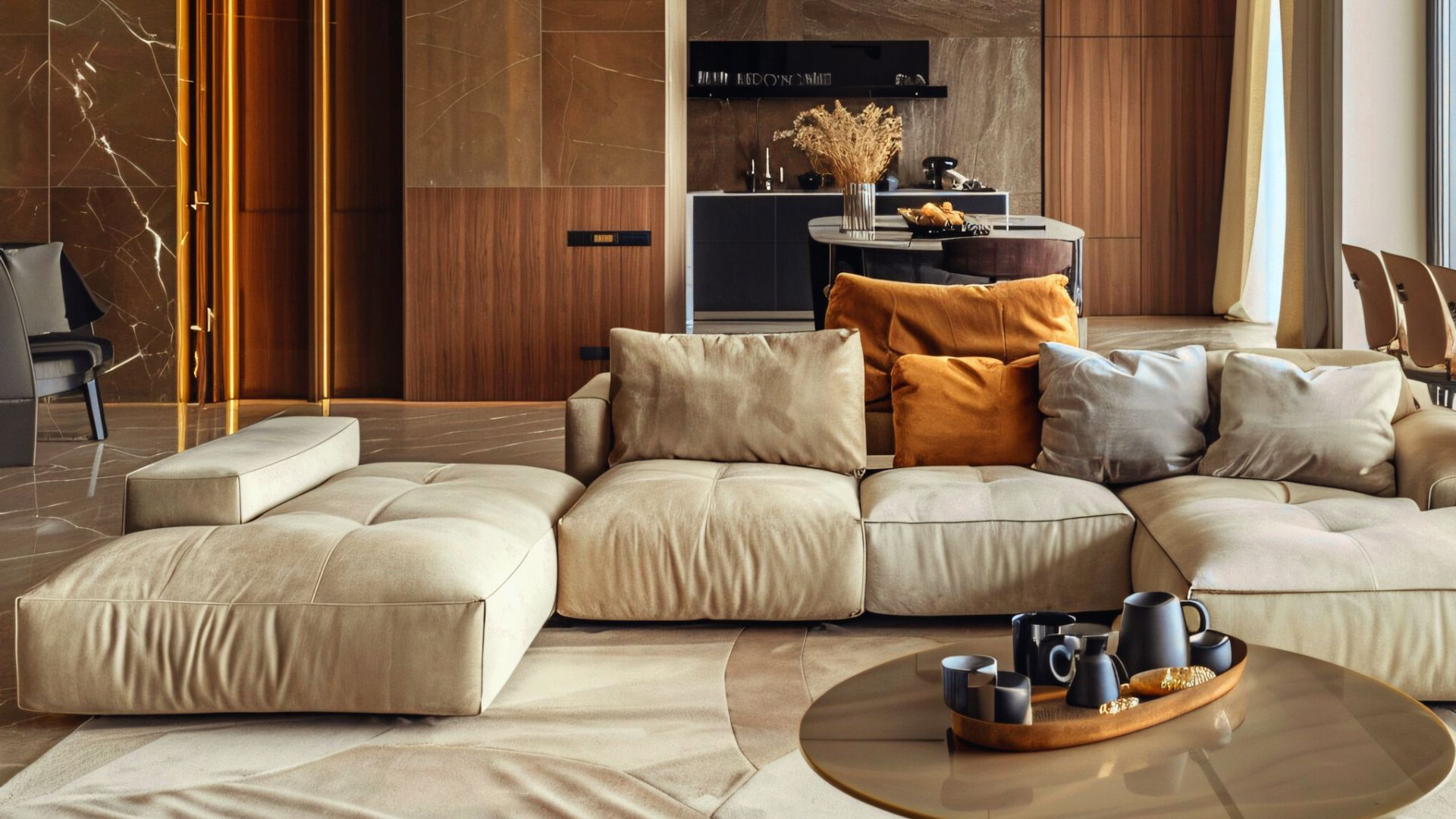If you’re planning to sell a home, you know the stakes are high. Interest rates shift, and buyers’ preferences can change overnight. Traditional staging approaches—like decluttering and neutral paint—still matter, but let’s talk about something new: the Unexpected Red Theory, which has been catching attention in home design circles. Also known simply as red theory, this concept has been gaining traction and you may have even spotted the Unexpected Red Theory on TikTok. If you’ve been wondering, “What is the Unexpected Red Theory?” or searching for “unexpected red theory examples,” you’re in the right place. Let’s explore why this trend is creating such a buzz and how it can help make your home stand out.
How Did the Unexpected Red Theory Get Started?
The unexpected red theory, coined by Brooklyn-based designer Taylor Migliazzo Simon. Red has always been a high-impact color in fashion and branding. Simon’s approach focuses on how The Unexpected Red Theory highlights pops of red in an otherwise neutral space. In the right doses, red can evoke warmth, draw the eye, and give a room a distinctive look. Buyers often see several properties in quick succession, which makes it easy for details to blur together. A splash of red—whether it’s a vase, a piece of art, or a chair—gives them a visual cue to remember. The Red Theory approach naturally catches the eye, adding energy and highlighting the features you want to showcase.
Unexpected Red Theory Examples and Tips
Highlight Architectural Features
If you have built-in shelves or a fireplace, you can apply Unexpected Red Theory interior design principles by adding a bright red decorative piece like a small sculpture or a red vase. Placing a red-framed piece of art on the mantel can instantly turn the fireplace into a focal point. If your home features unique arches or a distinctive doorway, consider hanging a red-accented print nearby to help potential buyers appreciate the space’s character. By directing the eye to these architectural highlights, you’ll create a memorable impression with these unexpected red theory examples without overwhelming the room.
Create an Inviting Dining Room
A dining area should feel warm, welcoming, and lively. Incorporating red chairs, table linens, or a bouquet of red flowers can easily heighten the sense of energy and encourage conversation. Since red is known to stimulate appetite, it’s a natural fit for a space where people come together to share meals. Even subtle touches, such as red napkins or a red centerpiece, can make the dining experience feel more vibrant and create a focal point buyers will remember—a classic application of the unexpected red theory in interior design.
Add a Bold Touch at the Entrance
First impressions are everything and a pop of red in your entryway can set the tone the moment someone walks through the door. A simple way to achieve this is by placing a red bench or rug in the foyer, giving visitors a cheerful welcome. If you’re looking to make a bolder statement, painting your front door red is a classic way to boost curb appeal. Just be sure the shade of red works with your home’s exterior colors. For a smaller-scale approach, consider red planters, a wreath, or door mats with red accents to achieve a similar effect and bring the Red Theory into your entrance design.
Give the Living Room a Lift
The living room is an essential gathering space, so it’s important to keep it both comfortable and stylish. Injecting small doses of red like a throw pillow, a patterned rug, or even a table lamp can provide a vibrant contrast against neutral furniture. If your taste leans toward the artistic, hang a piece of red-centric artwork to become the room’s focal point. By choosing one or two strategic red accents, you’ll add a lively touch that makes the space stand out, perfectly embodying the Unexpected Red Theory in a subtle yet impactful way.
Bring Focus to the Home Office
With so many people working remotely, a functional and appealing home office is now a major selling point. Introduce a splash of red with a statement desk chair, an eye-catching lamp, or even red desk accessories to energize the space. These subtle yet impactful choices not only help keep the area visually stimulating but can also enhance productivity. Balancing the color with neutral or muted tones in the rest of the room ensures the office remains welcoming rather than distracting—a practical nod to the Unexpected Red Theory in interior design.
Bonus Tips for Other Spaces
The Unexpected Red Theory can also work wonders beyond the main living areas. For more Unexpected Red Theory examples, consider a kitchen with red cookware displayed on open shelves or a red backsplash that taps into the appetite-stimulating benefits of red. Meanwhile, bathrooms, especially those with mostly neutral palettes, can benefit from red elements like a shower curtain or hand towels to create a refreshing contrast. These smaller touches can breathe new life into spaces that might otherwise go unnoticed while reinforcing the creative principles of Red Theory.
A Few Quick Reminders
The Unexpected Red Theory on TikTok may be a hot trend but be careful not to overuse it. Keep your existing color schemes in mind. If you already have bold colors, a deeper shade of red, such as burgundy or brick, may blend more smoothly. It’s also important to consider red’s emotional impact. While it can energize a room, it might feel too intense for spaces meant to be restful, such as bedrooms. Finally, remember that red typically works best as an accent rather than the main theme. Used thoughtfully, it can boost a home’s overall appeal and leave a lasting impression on potential buyers.
REMAX, understands that every home has a story to tell, and they’re dedicated to helping you highlight what makes yours special. A trusted agent will have extensive local market knowledge and excel at ensuring your property stands out from the competition. REMAX agents use proven marketing strategies, a vast professional network, and a personal, hands-on approach to bring the right buyers to your doorstep.






